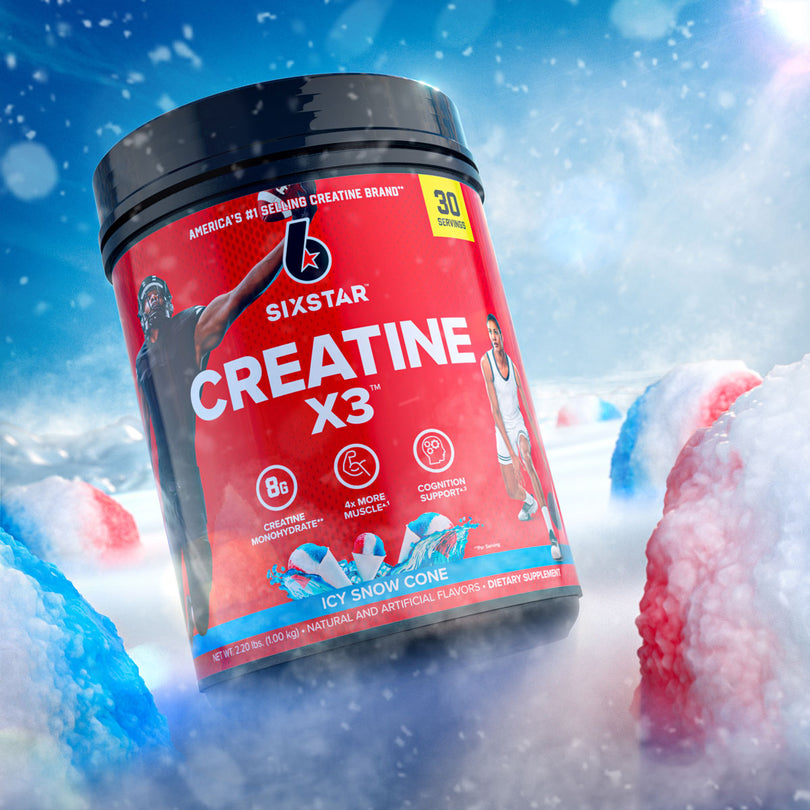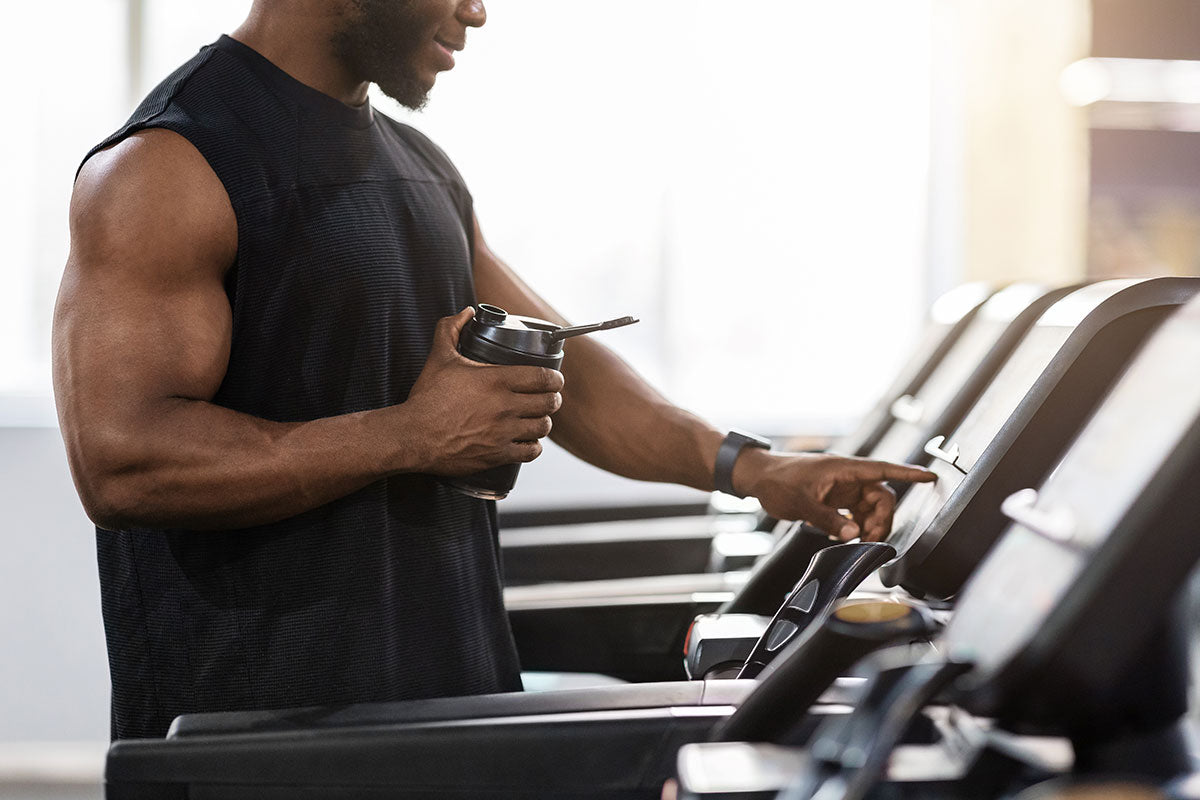How does the NCAA track athletically related activity for student athletes? What are countable athletically related activities? What role to these activities play in a student athlete's training regimen?
These questions are common among current and prospective student athletes. Understanding the nuances of athletically related activities can improve your training, performance, and overall student-athlete experience.
Athletically Related Activities vs. Cross Training for Student Athletes
Countable athletically related activity is defined by an NCAA bylaw regarding the number of hours a student athlete is allowed to train per week. It is meant to help student athletes balance school and athletics, in both the practice season and the playing season.
Required activities with an athletics purpose that involve student athletes and are directed or supervised by any member of your athletic department, including strength and conditioning staff, qualify as countable athletically related activity. Activities not directed or supervised by an athletic department staff member are considered non-countable activities.
Athletically related activities may include cross training, which refers to training outside your own sport. Your coach might include such training as part of your countable athletically related activities—or you may opt to cross train on your own. Whether countable or not, cross training benefits student athletes.
Features and Benefits of Cross Training
Cross training benefits you by developing complementary skills or muscles that may go undertrained in your own sport. It can also help minimize injuries; multi-sport athletes have a reduced risk of sport-specific overuse injuries because of cross training.
Comparing Athletically Related Activities and Cross Training for Student Athletes
Your coach may recommend cross training for the benefits it provides. Because these activities are often secondary to your core sport skills, however, your coach is less likely to include cross training within your athletically related activities.
For example, practicing the fundamental skills of basketball improves your direct sport-related skills. A basketball student athlete might cross train with bodybuilding for strength or golf for mental equanimity. Adding some muscular strength and mental focus will indirectly help your basketball performance as a result of cross training.
Importance of Athletically Related Activities for Student Athletes
Student athletes' athletically related activities are not just important—they are mandatory. Athletically related activities are considered part of a program's official training schedule, and the NCAA regulates their scope and duration.
Training Benefits of Athletically Related Activities for Student Athletes
Student athletes’ most beneficial training will consist of athletically related activities. Working on sport-specific skills under the direction of your coaches is specifically designed to help you reach your peak performance.
Strength and Endurance-Building Benefits of Athletically Related Activities for Student Athletes
At the NCAA level, you'll likely focus on strength and endurance training more than you did in high school. After all, the coaches recruited you for your skills and athleticism. At the higher level, athletically related activities are designed to develop the strength and endurance training necessary to consistently perform at your highest level.
Performance Benefits of Athletically Related Activities for Student-Athlete Performance
Perhaps the most beneficial result of defining athletically related activities is a balanced approach to athletic performance, educational performance, and extracurricular activities. The NCAA bylaw is meant to limit the playing and practice hours that a student athlete can partake in, allowing them time for a well-rounded college experience.
Limiting the hours a student athlete can train is beneficial for time management and burnout prevention. The student athlete can devote more time to studying to take full advantage of their education and achieve their highest performance in the classroom. They can also make time to participate in clubs and activities outside their sport.
Types of Athletic Activities That Can Help Student Athletes Build Strength and Endurance
Almost any athletic activity contributes to either strength or endurance. However, at the college level, strength training and endurance training are often the difference-making components of an athlete’s training.
Benefits of Endurance Exercise for Student Athletes
If you want to perform at your highest level throughout a competition, you need cardiovascular endurance. Endurance enhances precision by helping you battle fatigue. The difference between excellent conditioning and average conditioning can be the difference between winning and losing.
Types of Strength-Building Exercises for Student Athletes
The most beneficial strength training ultimately depends on your sport. Some athletes require fast-twitch muscle strength. Others benefit from power-based strength. Others, such as endurance athletes, may be negatively affected by excessive strength-building exercises.
Regimen of Strength and Endurance-Building Exercises for Student Athletes
As a student athlete, the best way to establish your strength- and endurance-building regimen is to follow the training tips of your strength and conditioning coaches. In most cases, they monitor your specific needs and educate you on the best regimen for you.
Top Countable Athletically Related Activities for Student Athletes
The most important countable athletically related activities for student athletes are practices, individual workouts, and competitions. Some sports may also require film watching as part of their countable activities.
Practice and Competition
All practice sessions and competitions count as athletically related activity. Team practice constitutes the bulk of your athletically related training for most sports. Supplementary training, such as nutrition, may also account for some of your athletically related training.
Individual Workouts and Skill Instruction
Regardless of the sport you play, individual workouts and skill instruction provide strength, endurance, skills, and fitness benefits beyond team practice sessions. These activities allow student athletes to benefit from personalized training.
All skill instruction led by a coach counts toward athletically related activity. If you are practicing skills or cross training alone, then this may not count. However, it’s best that you ask your coach what types of workouts and skill instruction are allowed outside of practice and what aligns with NCAA rules.
Student-Athlete Experience
Identifying what counts as athletically related activity as a prospective student athlete can be confusing. Understanding the types of athletically related activity can help you navigate and enjoy your student-athlete experience.
Buy Sports Nutrition & Supplements from SixStar
Read Our Top Read Blogs:
- What is Bulking Season and when does it Start?
- How to Train Yourself to be Ambidextrous?
- The Ultimate Workout Program to be an All-Round Athlete
- Fitness & Diet for Offensive & Defensive Linemen
- When to Take to Take BCAA? Maximizing Your Workouts, Enhancing Your Health
- Diet For Soccer Players: What, Why & When
- When to take BCAA?








